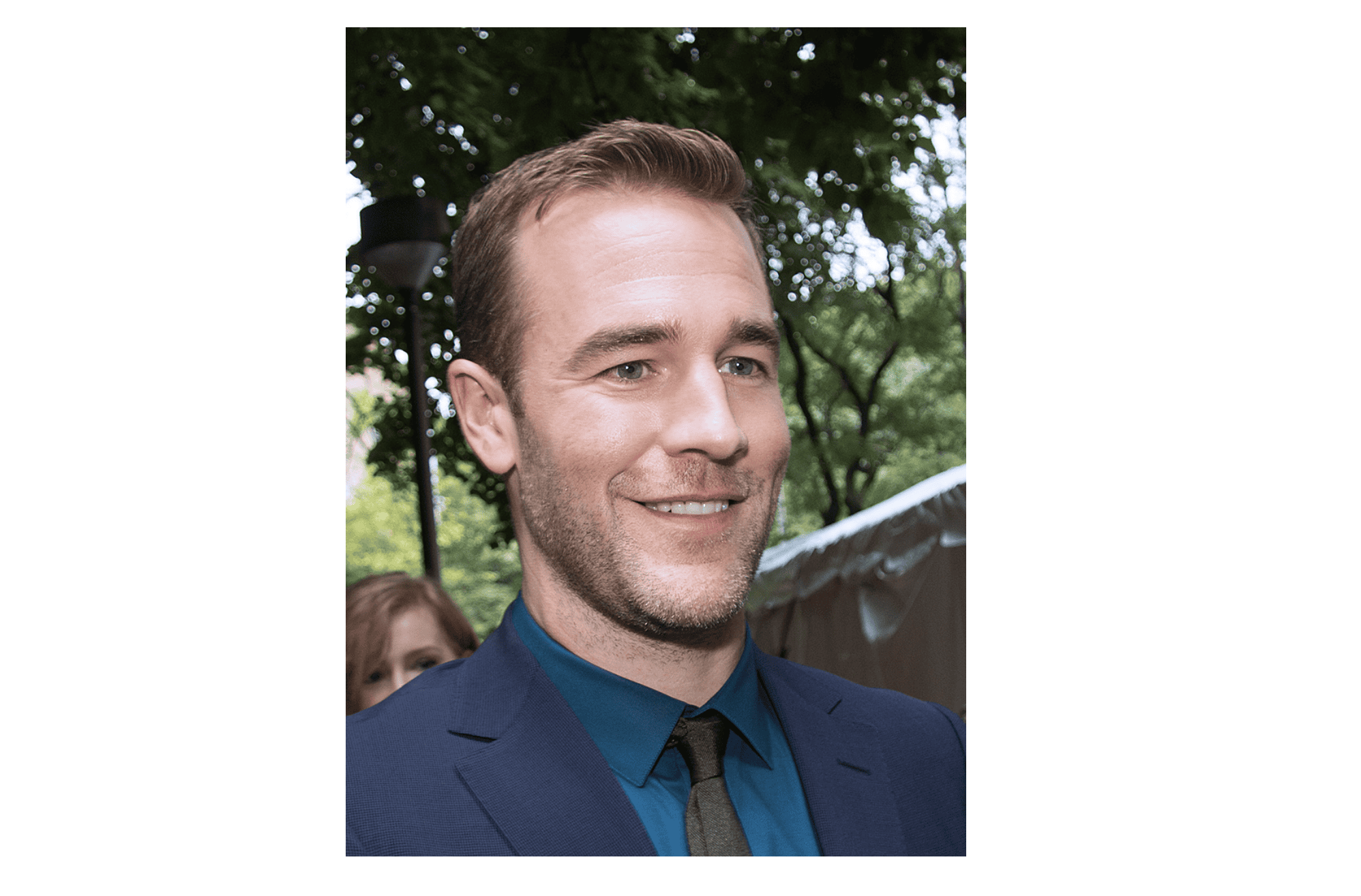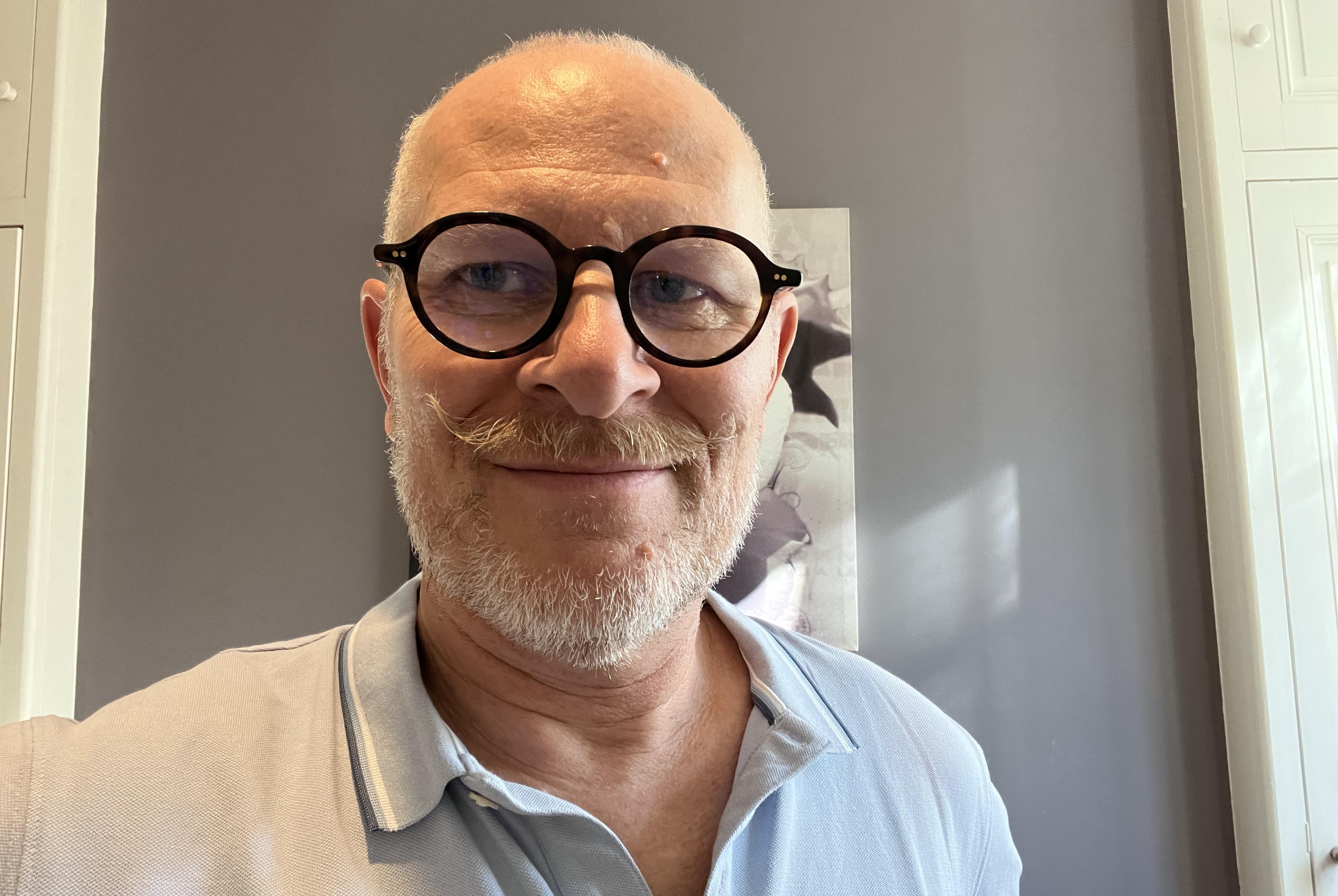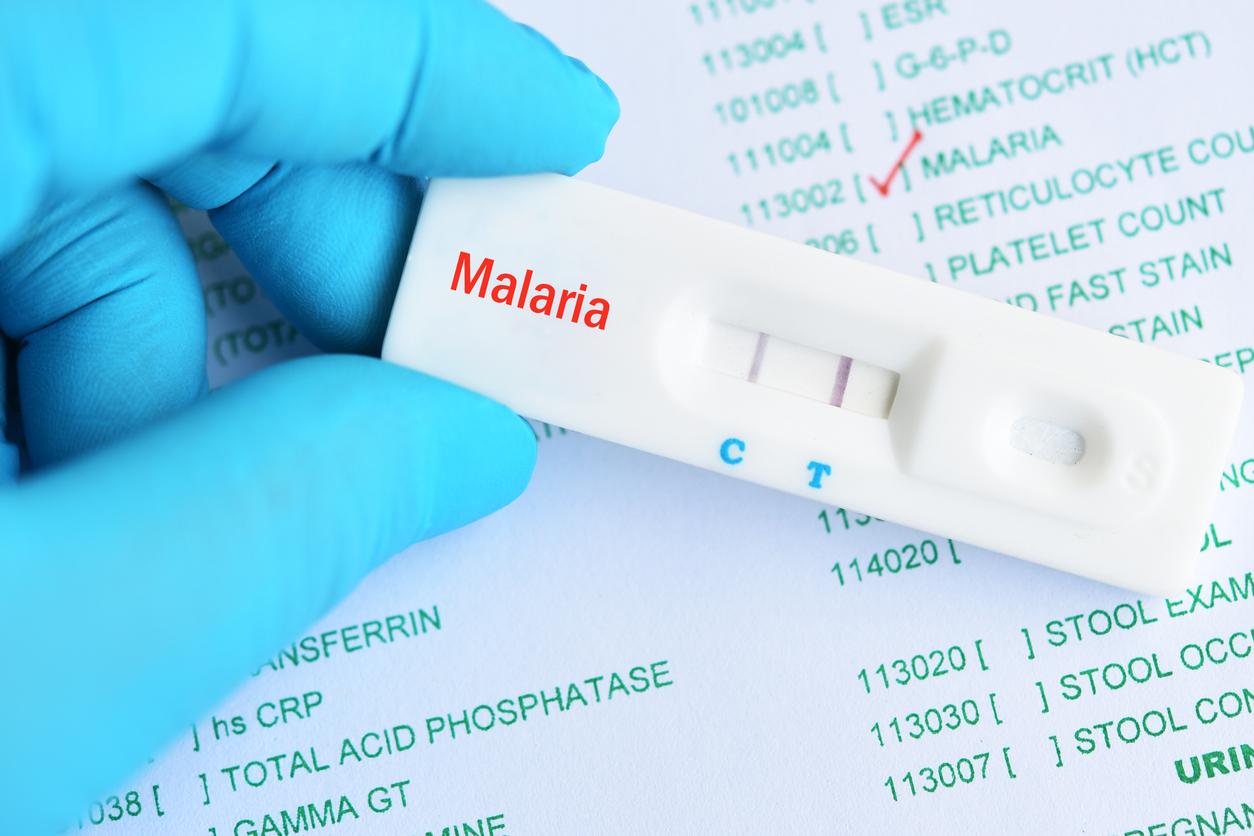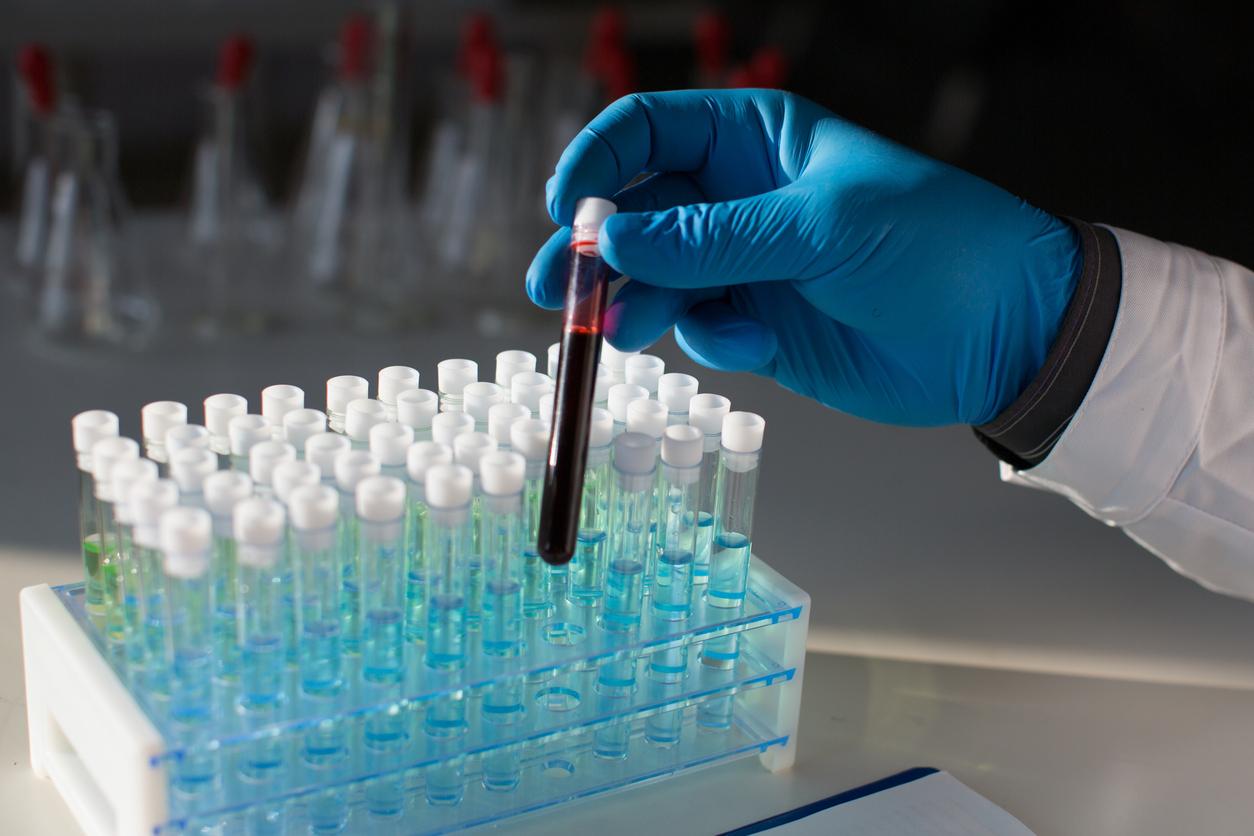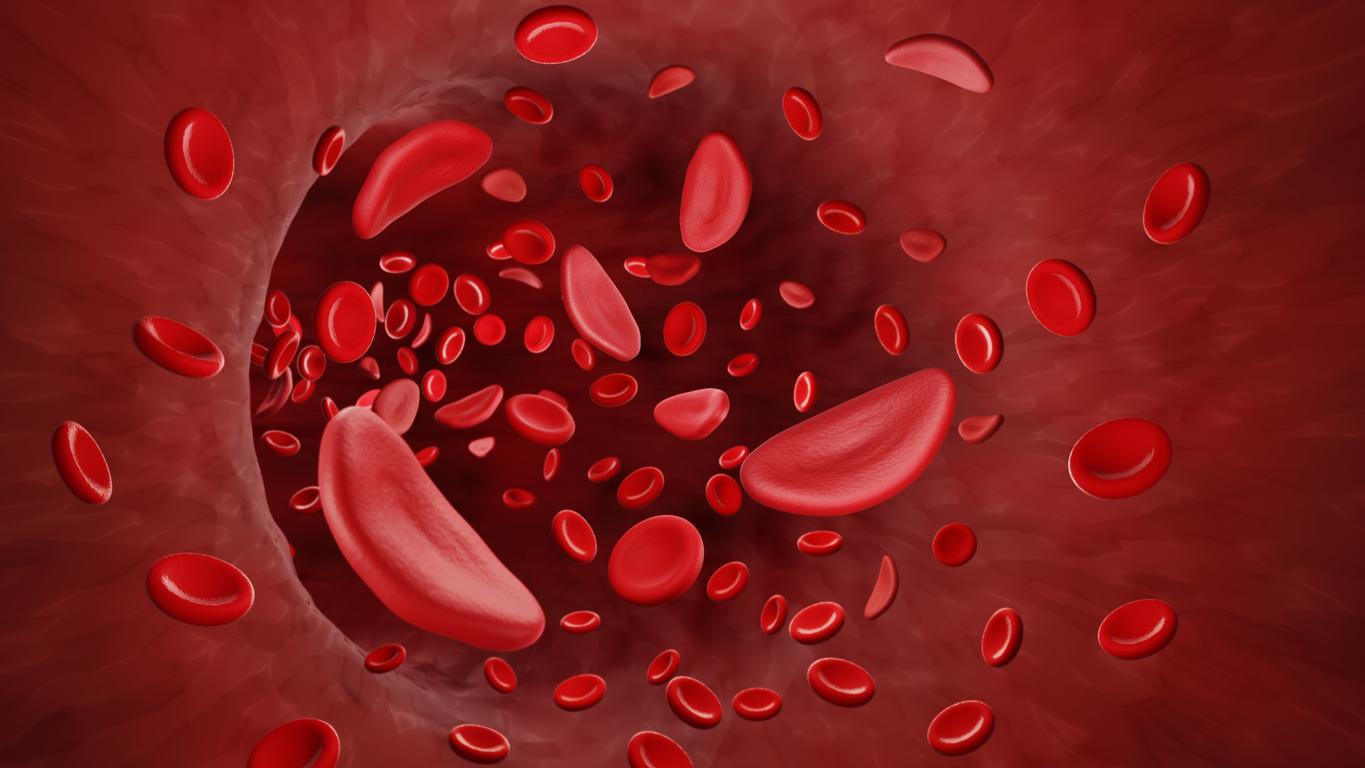On the occasion of the eighth edition of Movember, Why Doctor interviewed a prostate cancer specialist to take stock of this disease, which is the most diagnosed cancer in men worldwide.
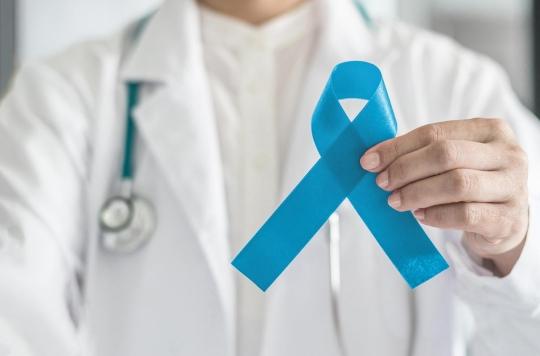
Prostate cancer is the most diagnosed in men worldwide. In recent years, the general public has heard a lot about it thanks to the foundation Movember Foundation Charity. Every November, this association invites men to grow a mustache from all over the world to raise public awareness and raise funds for research into male cancers. What is prostate cancer? Who does he touch? How does screening work? What treatments are offered and where is the research? On the occasion of the eighth edition of Movember and with the help of a specialist, Why Doctor takes stock of this disease which affects 50,000 new people each year in France.
There are different forms of prostate cancer
The prostate is a gland located just below the bladder, in front of the intestines. It produces a fluid that protects and enriches sperm. Cancer occurs when some of the prostate cells reproduce faster than usual. “This disease affects men in the second part of their life, from the age of fifty. For 50,000 new cases each year, there are approximately 8,000 deaths each year. Thus, there are more survivors than deaths, explains Karim Fizazi, medical oncologist specializing in the management of prostate cancer, university professor and head of service at the Gustave Roussy Institute, at Why Doctor. When diagnosed, this cancer is most often localized to the prostate and therefore curable. We will then propose either radiotherapy or brachytherapy or possibly removal of the prostate”, he specifies.
However, if not treated in time, cancer cells can spread from the prostate to other distant parts of the body, including lymph nodes and bones. This can cause secondary tumors. We then speak of metastases.
What screening and for whom?
Some men will notice changes in their urinary or sexual function. Symptoms may manifest as a frequent need to urinate, especially at night, burning urination, painful ejaculation, difficult erection or frequent stiffness in the lower back, hips or upper thighs. But, unfortunately, most of the time, cancer develops without the patient feeling anything. Hence the importance of screening.
“Several techniques exist, details Karim Fizazi. There is digital rectal examination (the doctor inserts a finger into the anus, where he can feel part of the surface of the prostate, editor’s note) but this technique does not allow the detection of small cancers: a cancer must be significant so that it is palpable. The other test in which we had placed a lot of hope 20 years ago is the PSA assay (Prostate Specific Antigen. This is a protein naturally produced by the prostate. If it is found mainly in the semen, a part passes into the blood, Editor’s note). In a man with prostate cancer, PSA levels change with the disease and this lets us know whether things are improving or not. The problem is that this method identifies a lot of benign cancers. We are therefore led to treat many small cancers that would never have been talked about and we make many patients unhappy with the side effects of the treatment. On the other hand, we regularly miss the most wicked cancers. Also, at present, no ministry of health in the world recommends prostate cancer screening by PSA because it is considered that the effectiveness of this screening is not sufficient to justify it”. says the specialist.
Eventually, “it is possible that we will do a single PSA assay around the age of fifty. This would split the population in two. Thus, those with a low rate will probably not need to continue screening at all, while those with a somewhat high rate for their age may benefit more from ongoing screening. This would only annoy really at-risk men.”
What populations are we talking about? “We know that black men have a higher risk than others. There is also a genetic risk: men who have constitutional mutations in the BRCA2 genes, more rarely BRCA1, are likely to develop prostate cancer. We could therefore offer them to be tested”, adds Karim Fizazi. Indeed, a man whose father or brother has developed prostate cancer is twice as likely to have it one day.
What are the possible treatments ?
“When the cancer is benign, we offer active surveillance. We don’t treat cancer, we just monitor it because we know that the probability of it causing death is almost nil, so we avoid the side effects of treatment for patients. In the most advanced forms, on the other hand, different general treatments are used, traditional and new generation hormone therapy, chemotherapy or even treatments targeting the bones. Because when the disease has come out of the prostate and affects other organs, the bones suffer first,” says Karim Fizazi.
What are the possible side effects after removal of the prostate?
“Beyond the operative risks, common to any surgical procedure, the risks here relate to sexual impotence and urinary incontinence,” says the oncologist. The first is very important. “Indeed, at least one out of two men will no longer have an erection after the procedure”. As for the second, it is also far from trivial. “Fifteen percent of patients have true major urinary incontinence and cannot hold urine at all. The removal of the prostate is not a trivial intervention. There are many alternatives to this intervention which have been used far too much in our country knowing that we can achieve the same results on the cure rate by radiotherapy or brachytherapy”, insists the doctor.
Where is the research?
“Research has been boosted over the past ten years, it was a very nice decade, especially with regard to the most advanced forms of the disease. We have really been able to extend the life expectancy of the most affected patients”, enthuses Karim Fizazi.
“From the 1940s until the years 2000-2004, we only had traditional hormone therapy, which consisted of avoiding the production of testosterone by the testicles. In the past, the testicles of sick people were removed. Today, we use drugs but the purpose is exactly the same. Then from 2004, a first chemotherapy arrived, Docetaxel, which improved the survival of men who did not respond to traditional hormone therapy. Then, from 2004 to 2010, not much happened. Then came several new generation hormone therapies that are effective when traditional hormone therapy is no longer. We have even just noticed that it works even better when used at the same time as traditional hormone therapy. Another chemotherapy also appeared as well as two or three treatments targeting the bones, two of which make it possible to avoid complications linked to metastases such as fractures, pain or the risk of being paralyzed”, he specifies.
Finally, “a month ago, we obtained the very first results of targeted treatments. In the 15 or 20% of patients where a particular target is present in the cancer, PARP inhibitor drugs are effective and complete our therapeutic arsenal”, he continues, full of optimism. “It’s the cancer for which we’ve had the most good news in the last ten years and it should continue next year.”
The importance of patient associations
In recent years, the Movember movement has grown more and more, thanks in particular to social networks, and the Foundation has collected approximately 465 million euros since its creation in 2003. On its site, it is pleased to have “funded more than 1,250 projects around men’s health around the world, challenging the status quo, disrupting research on this topic, and transforming the way health services reach and support men.”
“I saw the movement start from two Australian friends who said to each other in the back of a bar that something had to be done for men’s health, and they had this idea of growing a mustache in month of November. Everyone asks you why you wear it and you explain that it’s in solidarity for men with male cancer. This raises funds for research,” explains Karim Fizazi, who therefore exhibits this hair attribute every November. According to him, Movember has “lifted the taboo on men’s health”. “They talk about it more easily, come to consult earlier, faster and talk more openly about their sexuality problems”, rejoices the specialist.
But it’s not just Movember. “More and more patient associations exist. Thanks to the Cerhom association, for example, if you have just learned that you have cancer, you will be able to call someone who had the same thing as you a few years ago. He will tell you how it went for him. Of course, that helps”. What’s more, this association connects patients with testicular cancer, “the first cancer in young men” and those with prostate cancer, “the first cancer in 60-year-old men”. “This therefore allows two generations to find themselves in a common fight and to convey medical information. This makes the patients united”, welcomes Karim Fizazi.
And the specialist concludes: “If you have prostate cancer, find out! Ask yourself questions before deciding on a treatment. Do not hesitate to join or consult patient associations. Afterwards, you will be more informed, more comfortable with your decision and with the way you are going to live with your disease and your treatment. Whatever their choice, it is important that the patients seize the subject themselves and that it is not the decision of the first doctor they see.
Discover the latest prevention spot produced by Movember and Cerhom on prostate cancer.

.









